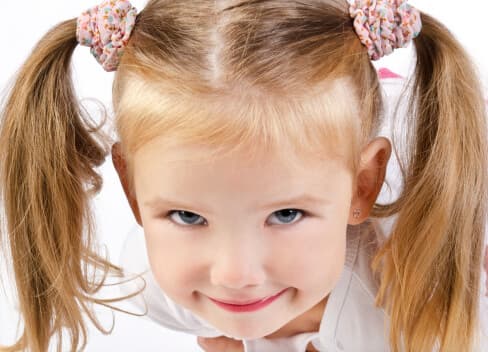Teaching Your Children about Fire Safety

Burns and fires are the fourth leading cause of unintentional injury deaths. About 75% of the deaths occur in house fires, most of which are caused by cigarettes (followed by heating equipment – especially portable heaters). Children and the elderly are the most likely to die. Elevated blood alcohol levels are found in half of the adults who die in house fires. Fires and burns are also responsible for 1.4 million injuries and 54,000 hospital admissions in the United States each year.
Fire safety includes not only installing, but regularly testing, smoke detectors. Some smoke detectors automatically give a warning beep when the battery is low. While this is a great feature, don’t be fooled – I’ve had these types of detectors, and once I discovered that three of my four smoke detectors had dead batteries, and I never heard the warning beeps.
Let your children see you test the alarms on the first of each month to help this become a habit for them over the years. Many kids will enjoy being the one to push the test button. This is a great moment to review with them your family escape and meeting plan in the event of a fire. If you don’t have one, contact your local fire department. Many of them will come out and inspect your home and help devise a plan.
Once you have a plan, have fire drills to practice escape routes and meeting places. Since most fires – particularly most fatal ones – happen at night, conduct some of your drills in the middle of the night. You may learn that you need to keep flashlights handy or that you need a safety ladder if your home has a second story. Teach your children to stop, drop, and roll on the ground if their clothing catches on fire.
Potential fire-starters should be handled carefully. Matches and lighters should be stored out of sight in child-resistant containers. Electrical wall outlets need safety covers. Don’t use old, questionable extension cords or electrical equipment. If someone in your household smokes, make sure he doesn’t smoke in bed or while sleepy or intoxicated. Having a home fire extinguisher is also a good idea, but only use it for small fires.
After fires, the most common cause of burn injuries is scalding from hot water. This often happens in showers and baths, and can result in severe burns in children. More times than I care to remember, I have seen little ones brought to the emergency room, their blistered skin in exquisite pain from a hot water injury. In homes where there are small children, the temperature of the hot water heater should be no higher than 120 degrees Fahrenheit, or anti-scald tap water devices should be installed. If you don’t know about your hot water heater, check now. It only takes a few minutes, and only has to be done once.
Kitchen safety is also important. During meal preparation, hot liquids and hot foods can spill and cause serious burns. Turn pot handles to the back of the stove. Whenever carrying hot liquid, be aware of where your child is so you don’t trip over him. The kitchen is a great place for a fire extinguisher.


